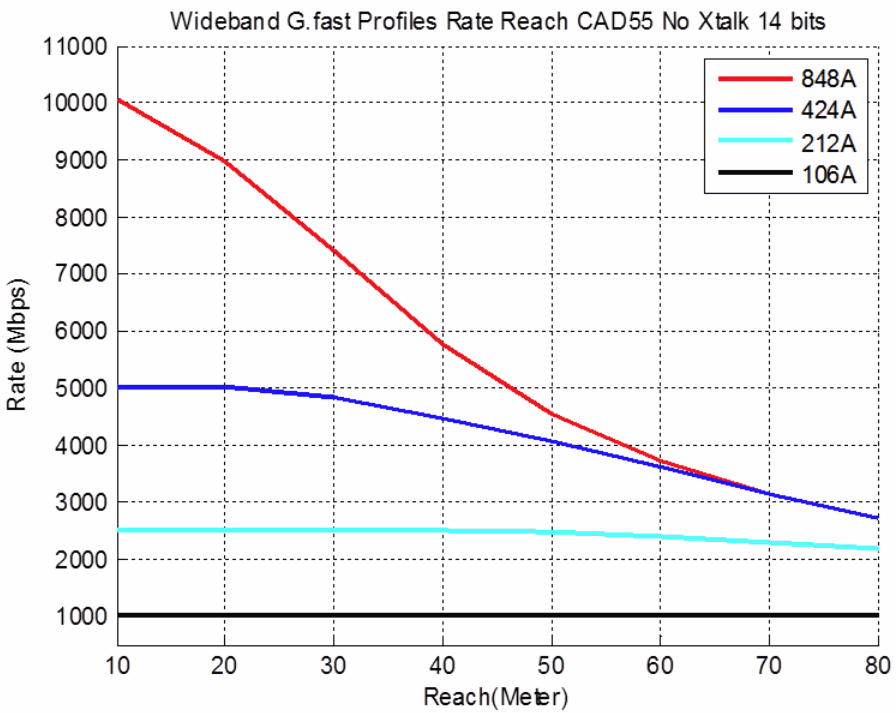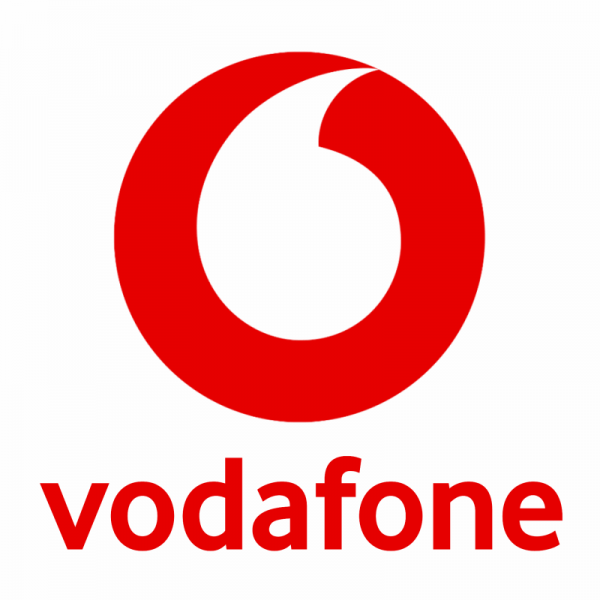ADTRAN and BT Reasearch G.mgfast – 10Gbps Broadband Down Copper Lines
Researchers from ADTRAN and BT are working towards conducting the first lab trials of G.mgfast technology in 2019, which could become the successor to today’s hybrid-fibre G.fast technology and one that might conceivably push broadband speeds up to 5-10Gbps over traditional copper lines.
At present Openreach’s deployment of G.fast (ITU G.9700/9701) in the United Kingdom is being marketed with a top speed of 330Mbps (50Mbps upload) and is largely being deployed from existing PCP street cabinets, which makes it very quick to install and cheap to roll-out. The current aim is to reach 10 million premises by 2020 and there’s long been talk of top product speeds hitting 500Mbps by around 2025.
The G.fast standard can harness up to 212MHz of radio spectrum (Openreach’s live network current uses 106MHz) and peak speeds of 2Gbps (aggregate) are theoretically possible via the latest amendments, albeit only over extremely short distances. One recent FTTdp + G.fast trial in the UK delivered 1.66Gbps over 40 metres of copper line, although Openreach would be happy with 300Mbps at 350 metres from a street cabinet (if they can hit it).
Now take a moment and try to forget the fact that Openreach (BT) has yet to officially begin the commercial launch of their 330Mbps G.fast broadband service (even if it already seems to be happening) because the successor to G.fast technology – called G.mgfast (“Multi-Gigabit Fast Access to Subscriber Terminals“) – is already on the way.
At present we still know very little about the new technology, although it works in a similar way to G.fast, is designed for both twisted pair and coax copper lines, can harness a spectrum frequency of up to 848MHz and aims to be a full-duplex solution.
This will mean that most of its benefits vs G.fast can only be fully realised over much shorter copper line distances and that would make it best for use alongside a more expensive and complex Fibre-to-the-distribution-point (FTTdp) network.

According to ADTRAN, G.mgfast could theoretically offer aggregate data speeds of 10Gbps (Gigabits per second) per cable at 848MHz or 5Gbps at 424MHz. Some of the other companies that are contributing to its development include ASSIA, Broadcom, Huawei, Nokia, Intel and others via ITU-T Study Group 15.
Ronan Kelly, CTO APAC and EMEA at ADTRAN, told ISPreview.co.uk:
“As we have seen over the past 5 years, to quote my colleague Chris Kendall, “Copper may be buried, but it is far from dead”. We have seen vectoring technology breathe new life into VDSL2 deployments, making 100Mbps for the masses a reality.
We have also witnessed vectoring when used in conjunction with newer line protocols like G.fast, deliver initially 800Mbps aggregate bandwidths, and now with amendment 3, thanks to the doubling of the available spectrum, G.fast implementations are delivering aggregate rates in excess of 1.4Gbps per line on loops in the range of 100 metres, making it a perfectly viable solution for Gigabit access in FTT-DP and FTT-B applications over both twisted pair copper networks and coaxial cable assets.
Having realised the superior potential that G.fast technology brings on its own, particularly when decoupled from advancements in vectoring technology, the industry leaders like ADTRAN and many of the prime operator proponents of G.fast, within the ITU have sought to push the envelope even further.
What is proposed within the ITU is a new standard that would see a further doubling and quadrupling of the spectrum used by G.fast, with an ultimate goal of achieving 5 and 10Gbps aggregate rates on coax and Cat6 twisted pair single cables. Currently the focus is to apply this new approach in low crosstalk environments where Vectoring technology is not required. The target operating loop lengths to achieve these rates is currently proposed at up to 100 metres.
The anticipated use case for this new approach is predominantly focused towards backhaul applications for small cells, Wi-Fi infrastructure, and other 106 or 212MHz G.fast DPUs. Due to the current absence of Vectoring capabilities at these very high frequencies, it will be some time before this new standard which has attracted the name of G.fast 3rd Generation within study group 15 of the ITU, or G.mgfast, is available as a mainstream access technology for high cross talk twisted pair environments.”
Should any of this sound familiar then that’s because the approach being taken with G.mgfast appears to have some of its roots in XG.FAST technology, which we’ve already seen being tested (here). Last year Australia’s nbn team achieved a peak aggregate speed of 8Gbps over 30 metres of twisted-pair copper and 5Gbps over 70 metres via up to 500MHz of spectrum. Openreach also conducted a similar test in 2015 (here).
Now here’s the latest simulation of what G.mgfast could do (ADTRAN data) using the two new spectrum profiles vs G.fast’s profiles. Quite a big difference but it’s clearly a short range / sub-100 metre technology and the simulation assumes zero crosstalk (interference), which doesn’t accurately reflect the busy real-world environment of consumer connectivity.

However it’s still early days for G.mgfast and as many countries switch to FTTP/H deployments then the hybrid-fibre approach could end up coming under pressure (this may become more an issue once ‘average speeds’ are adopted into ISP advertising), although it’s still too soon to judge. Not to mention the very hypothetical threat from future 5G based wireless broadband networks, although that too has yet to prove itself.
The current prediction is that early research on G.mgfast could be developed towards the first lab trials by 2019 and field trials might then follow during 2020. However ADTRAN clearly states that this is currently more about supplying capacity to existing infrastructure, rather than end-user connections.. at least for now.
Mark is a professional technology writer, IT consultant and computer engineer from Dorset (England), he also founded ISPreview in 1999 and enjoys analysing the latest telecoms and broadband developments. Find me on X (Twitter), Mastodon, Facebook and Linkedin.
« Three UK Launches New “Advanced” 100GB Data 4G Mobile Plan
Latest UK ISP News
- FTTP (5513)
- BT (3514)
- Politics (2535)
- Openreach (2297)
- Business (2261)
- Building Digital UK (2243)
- FTTC (2043)
- Mobile Broadband (1972)
- Statistics (1788)
- 4G (1663)
- Virgin Media (1619)
- Ofcom Regulation (1460)
- Fibre Optic (1394)
- Wireless Internet (1389)
- FTTH (1381)
























































Comments are closed